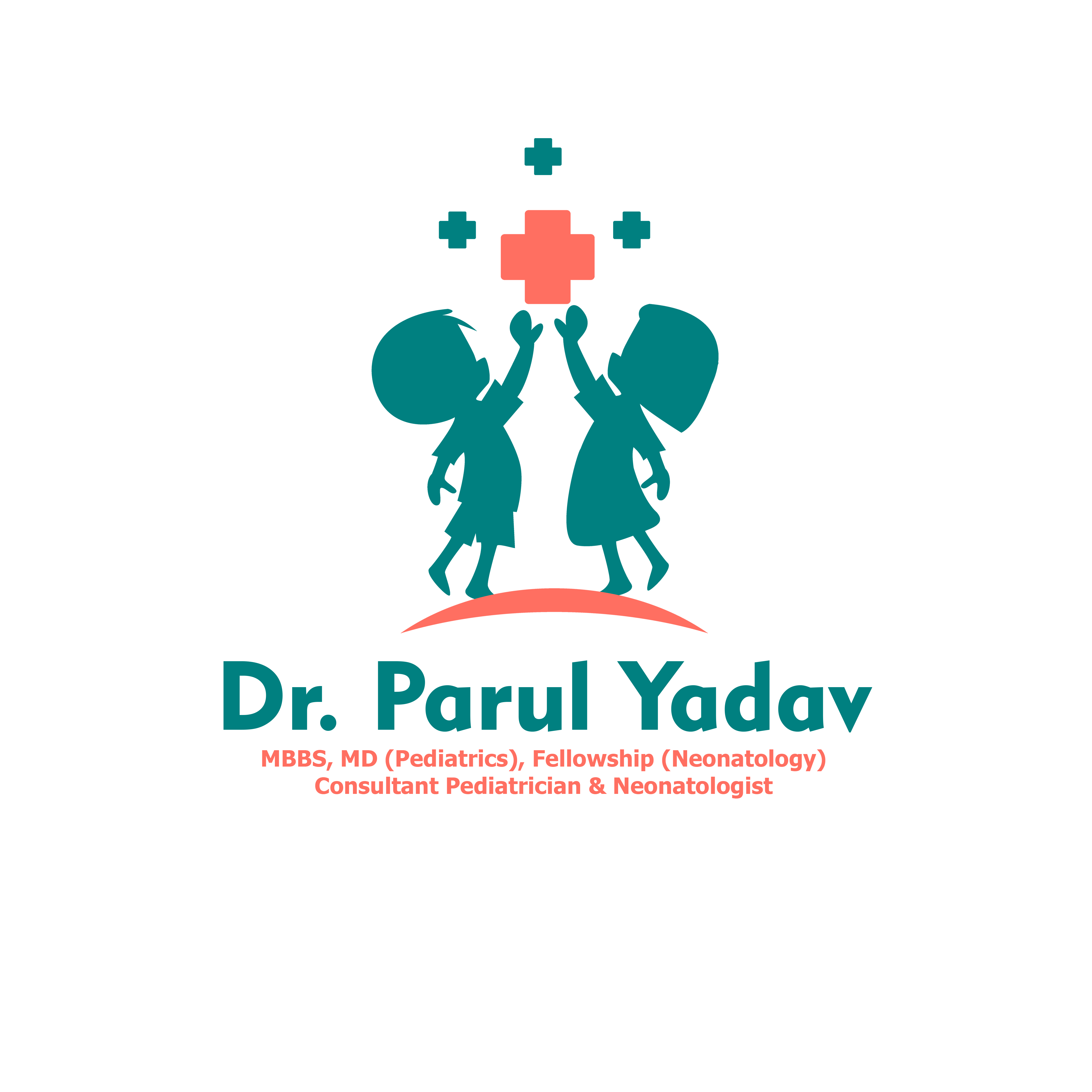
Influenza (Flu): Causes, Symptoms, Treatment & Prevention
Influenza, commonly known as the flu, is one of the most widespread infectious diseases worldwide. While many people associate it with a few days of fever and cough, the flu can be much more serious, leading to hospitalizations and even death, particularly in high-risk groups. This article provides a comprehensive guide to causes, symptoms, treatments, prevention strategies, and long-term impacts of influenza. By the end, you will have a complete understanding of how to recognize, manage, and prevent this contagious viral illness.
1. What is Influenza?
Influenza (flu) is a contagious respiratory infection caused by influenza viruses. It affects the nose, throat, and lungs, spreading rapidly from person to person through droplets in the air when an infected person coughs, sneezes, or talks. Unlike the common cold, which develops gradually and is usually mild, influenza often begins suddenly and can become severe.
There are three main types of influenza viruses that affect humans:
- Influenza A – causes seasonal outbreaks and pandemics.
- Influenza B – usually results in less severe epidemics but can still cause complications.
- Influenza C – a milder form that generally does not lead to epidemics.
2. Causes of Influenza
The primary cause of flu is infection by influenza viruses. These viruses mutate frequently, which is why new flu vaccines are developed every year. The key causes include:
- Viral infection: Transmission occurs when the virus enters the body through the nose, mouth, or eyes.
- Person-to-person contact: Handshakes, hugs, or touching contaminated surfaces followed by touching the face.
- Airborne droplets: Coughing and sneezing spread tiny droplets carrying the virus.
- Seasonal changes: Flu cases rise during colder months when people gather indoors.
3. Symptoms of Influenza
Flu symptoms can appear 1–4 days after exposure to the virus. Unlike the common cold, flu symptoms develop suddenly and may include:
- High fever (often above 100.4°F / 38°C)
- Chills and sweating
- Dry cough
- Sore throat
- Runny or stuffy nose
- Severe muscle aches and joint pain
- Headaches
- Fatigue and weakness
- Loss of appetite
In some cases, especially in children, nausea, vomiting, and diarrhea may also occur.
4. Differences Between Flu and Common Cold
Many people confuse the flu with the common cold, but there are important differences:
Feature | Common Cold | Influenza (Flu) |
Onset | Gradual | Sudden |
Fever | Rare | Common |
Body aches | Mild | Severe |
Fatigue | Mild | Intense |
Complications | Rare | Can be severe (pneumonia, hospitalization) |
Understanding these differences helps ensure timely medical care.
5. Risk Factors for Influenza
Not everyone experiences flu the same way. Certain groups are more vulnerable:
- Children under 5 years (especially under 2 years)
- Adults over 65 years
- Pregnant women
- People with chronic illnesses (diabetes, asthma, heart disease, COPD)
- Immunocompromised individuals (cancer patients, HIV/AIDS, transplant patients)
- Healthcare workers (high exposure risk)

6. Potential Complications of Influenza
If untreated, influenza can lead to serious complications, including:
- Pneumonia – either viral or bacterial
- Bronchitis – inflammation of airways
- Asthma flare-ups
- Sinus and ear infections
- Heart problems – such as myocarditis (inflammation of heart muscle)
- Multi-organ failure in severe cases
These complications can be life-threatening, particularly for vulnerable groups.
7. Diagnosis of Influenza
Doctors use a combination of clinical examination and laboratory tests to confirm flu:
- Physical examination – checking temperature, throat, and lungs.
- Rapid Influenza Diagnostic Tests (RIDTs) – detect viral antigens within 15 minutes.
- RT-PCR tests – highly accurate, detect viral genetic material.
- Chest X-ray – in case pneumonia is suspected.
8. Treatment Options for Influenza
Treatment depends on the severity and duration of symptoms.
a) General Self-Care
- Rest – allows the body to fight infection.
- Hydration – drinking water, soup, and fluids prevents dehydration.
- Fever control – over-the-counter medications like acetaminophen or ibuprofen help.
b) Antiviral Medications
For high-risk patients or severe flu, doctors prescribe antiviral drugs:
- Oseltamivir (Tamiflu)
- Zanamivir (Relenza)
- Baloxavir (Xofluza)
- Peramivir (Rapivab)
These are most effective if taken within 48 hours of symptom onset.
c) Hospitalization
In severe cases involving respiratory distress, dehydration, or complications, hospitalization and oxygen therapy may be required.
9. Prevention of Influenza
Prevention is the best defense against flu. Key strategies include:
a) Annual Flu Vaccination
The flu vaccine is the most effective preventive measure. Each year, it is updated to protect against the most common virus strains.
b) Good Hygiene Practices
- Wash hands regularly with soap and water.
- Use alcohol-based sanitizers when soap isn’t available.
- Cover mouth and nose while coughing or sneezing.
- Avoid touching face with unwashed hands.
c) Healthy Lifestyle
- Maintain a balanced diet rich in vitamins and minerals.
- Get adequate sleep to strengthen immunity.
- Exercise regularly to improve overall health.
d) Social Precautions
- Stay home if feeling unwell.
- Avoid close contact with infected individuals.
- Wear masks in crowded places during flu season.
10. Influenza in Children and Elderly
Children and older adults are particularly vulnerable to the flu.
- In children, flu often causes high fever, irritability, and gastrointestinal issues.
- In the elderly, symptoms may be less obvious but complications are more severe, especially pneumonia and heart failure.
Caregivers should pay extra attention to vaccination and early treatment for these groups.
11. Global Impact of Influenza
The World Health Organization (WHO) estimates that 290,000 to 650,000 deaths occur worldwide each year due to influenza-related respiratory diseases. Seasonal flu epidemics place a huge burden on healthcare systems, with billions lost in productivity and healthcare costs.
12. Myths and Misconceptions About Influenza
Some common myths include:
- “Flu is just a bad cold.” – False. Flu can be severe and even fatal.
- “You can get flu from the vaccine.” – False. The vaccine contains inactive or weakened virus that cannot cause flu.
- “Healthy people don’t need vaccination.” – False. Even healthy individuals can catch and spread flu.
13. Future Outlook: Research and Vaccines
Scientists are working on a “universal flu vaccine” that could provide long-term protection against multiple strains, reducing the need for yearly shots. Advances in antiviral drugs and rapid diagnostics are also improving patient care.
Conclusion
Influenza is far more than just a seasonal illness—it is a serious viral infection with the potential for severe complications. By understanding the causes, symptoms, treatments, and preventive measures, we can protect ourselves and vulnerable populations. The key defense remains annual vaccination, good hygiene, and timely medical care.
Staying informed and proactive is the best way to ensure that influenza does not take a heavy toll on our health and society.






